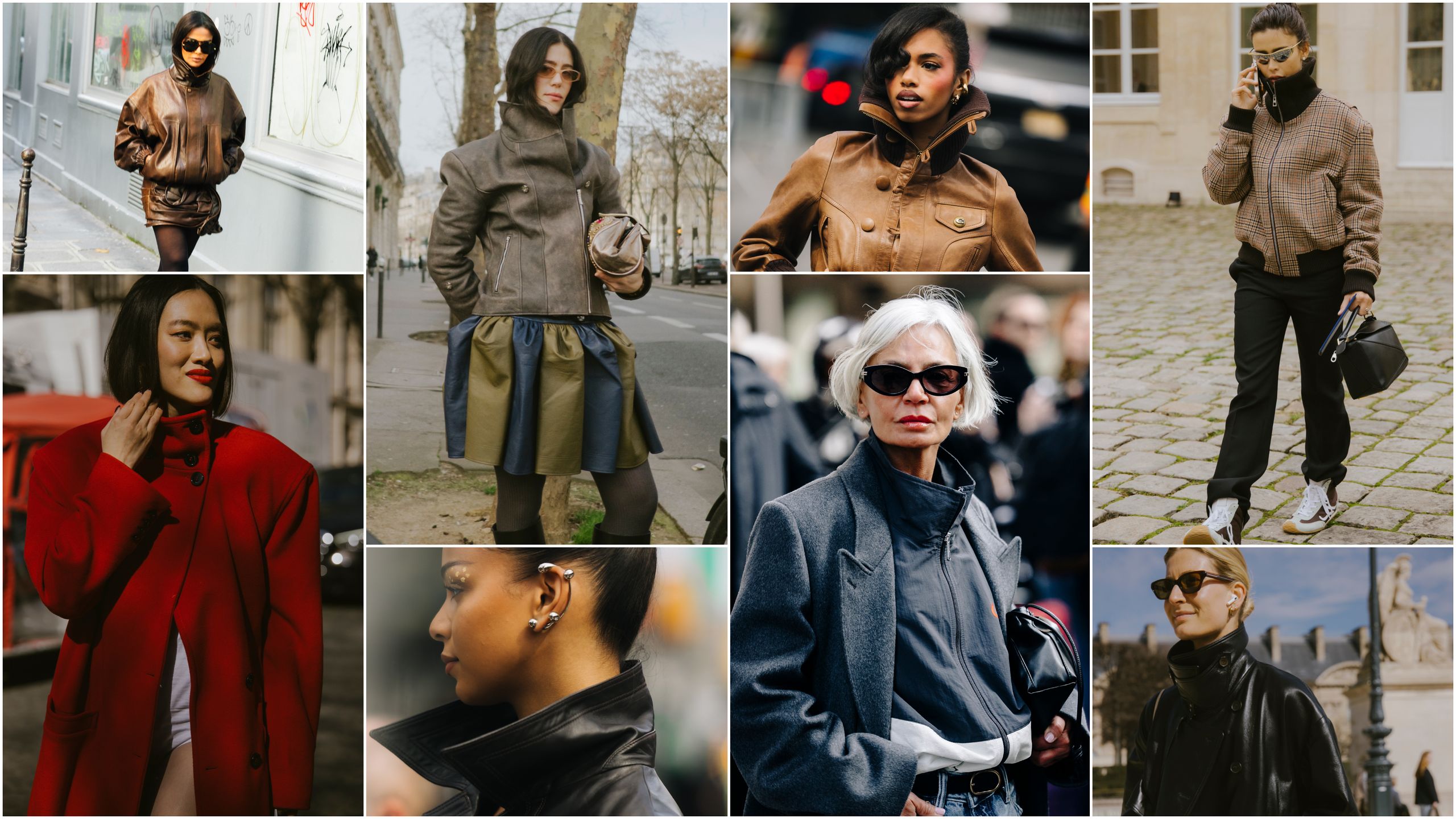With autumn comes comforting flavors, activities and breezy weather. October apple picking, pumpkin bread baking and haunted house walking encourage socialization with friends, where matching the activity’s theme is paramount. A large part of the fall aesthetic comes from the clothing — plaids, brown sweaters and black tights are all significant motifs for autumn. However, fall clothing has a hard time fitting in with the other seasons with their distinctive color palette: rusty oranges, light browns and greens. At Tech, it’s typical to experience three seasons in the fall semester alone. This October, students have looked to fit into an autumnal theme by finding unique ways to reuse items from the past.
Thrifting is one of the most popular ways for college students to shop for new clothes. It is popular for its budget-friendly prices, potential for high quality and significant sustainability. Shopping sustainably does not only mean thrifting: it also means investing in basics and purchasing less frequently. Schuyler Parker, fourth-year NEURO, is mindful when shopping for new clothes.
“I don’t really get new clothes very often, so that in itself is sustainable … I try to only get things that I really like instead of buying something on a whim,” Parker said.
Like Parker, Ivan Ayala, fourth-year AE, practices sustainability by buying less. Ayala finds the small closet space and frequent relocation of college life a burden for variety.
“I’ve learned to be a little bit more sustainable the same way as my friend… usually on campus, I have a small closet and drawer space… I’m also moving often, so I try to only carry a suitcase [worth of clothes],” Ayala said.
Ayala enjoys baggy jeans and thicker fabrics, noting that Georgia’s cooler weather makes that choice more bearable.
“I’m from Miami, and it’s always a burning blaze, I don’t really experience fall there… but being in Georgia is a special privilege because now I get to wear [pants],” Ayala said.
Ayala’s pants are brown corduroy, a fabric that became popular in the 70s and is now a staple of academia style. With the start of the school year, fall fashion and academia aesthetics largely overlap.
Outfits such as Umme Fatema’s, fourth-year CS & BA, showcase the similarities between the academia style and fall. Wearing a tailored sweater, Fatema said her usual fall style consists of dark colors and a clean-cut outfit.
“I like a cozy, sleek look, so I’d go for darker colors… monochrome… with pants or skirts with a sweater or long-sleeve shirt and some sort of statement piece,” Fatema said.
This statement piece is usually jewelry or shoes. She wears knee-high black boots, a shoe choice many Tech students believed would become more popular as the weather got cooler. Her black boots are a staple in her typical fall outfit. If she has minimal time, Fatema grabs low-rise baggy jeans, black boots and lots of rings before going to class.
Varnika Guduri, fourth-year ENVE, believes that part of sustainability comes from working with what you have. Autumn invites a unique color palette, one that is too warm-toned in winter yet not vibrant enough for spring. Guduri recognizes autumnal colors but does not believe it’s necessary to dress in the fall.
“As long as it kind of goes with the colors you already have in your closet, I don’t think you need to have a new scheme that fits a fall scheme,” Guduri said.
This mindset influences Guduri’s clothing choices, picking pieces from her closet fit for warm weather and dressing them up.
“I like to wear a sweater over a dress that I would normally wear in the spring, and then I’ll wear tights under it… I really like funky patterns and cute accessories as well. So tights are a very good [accessory],” Guduri said.
The end of summer is exciting as fall’s persona is the most notable of the four seasons. However, the saturated aesthetic of fall does not require excessive pieces that are only worn for two months of the year. Whether it’s staple sweaters, reliable jeans or reworked spring dresses, Tech students find unique ways to switch up their style and avoid consumption.


